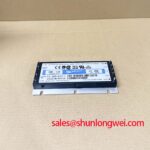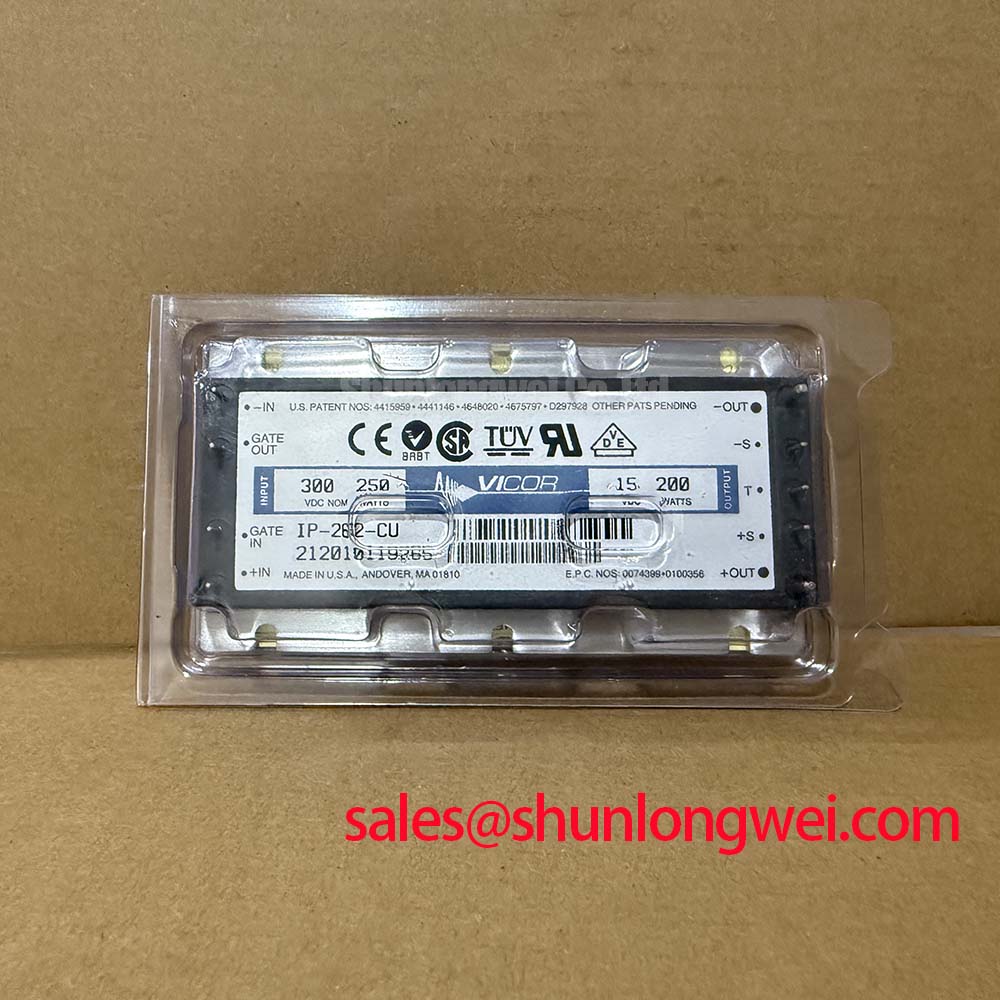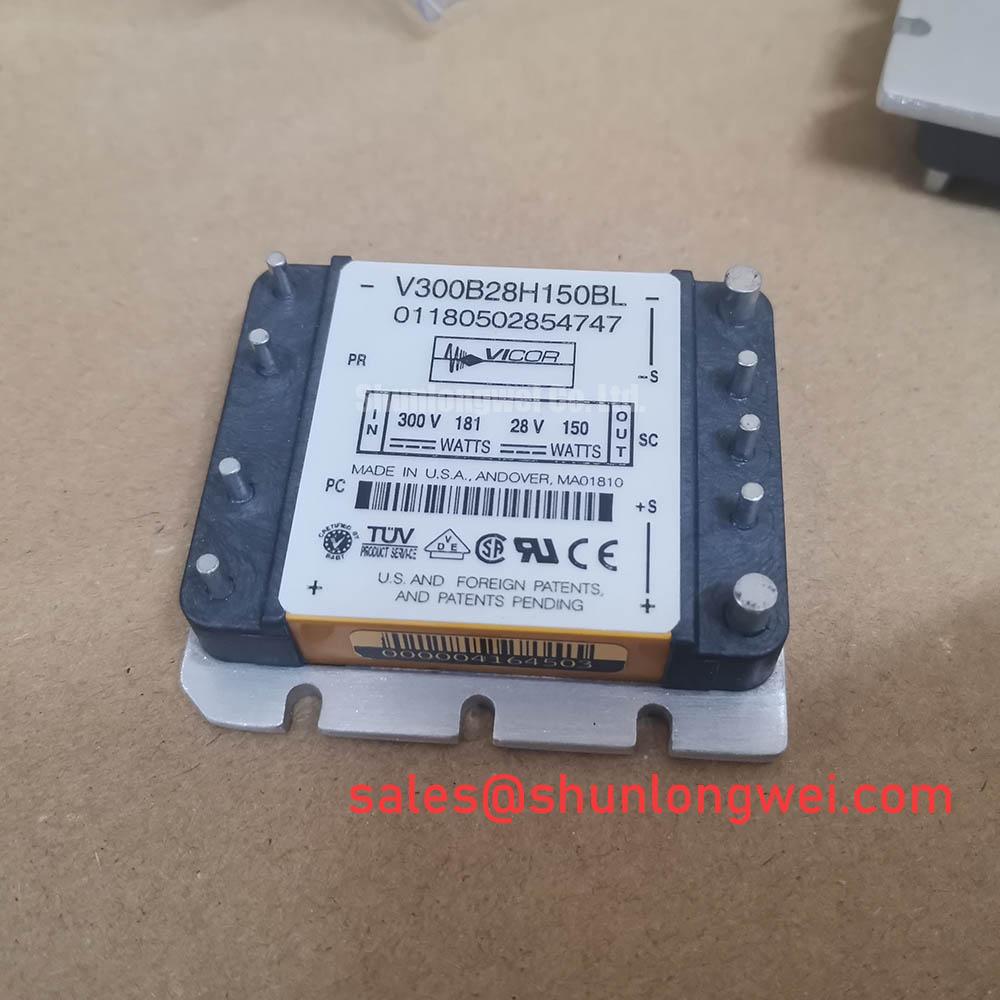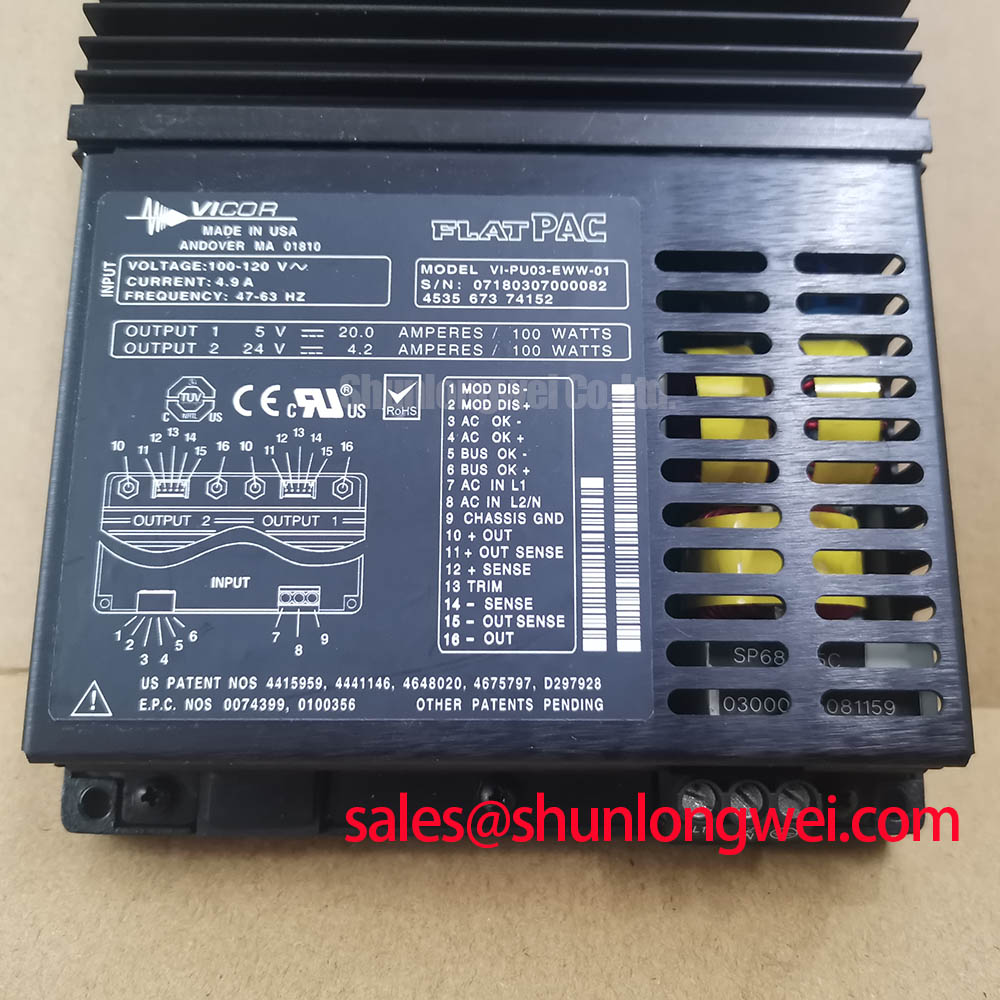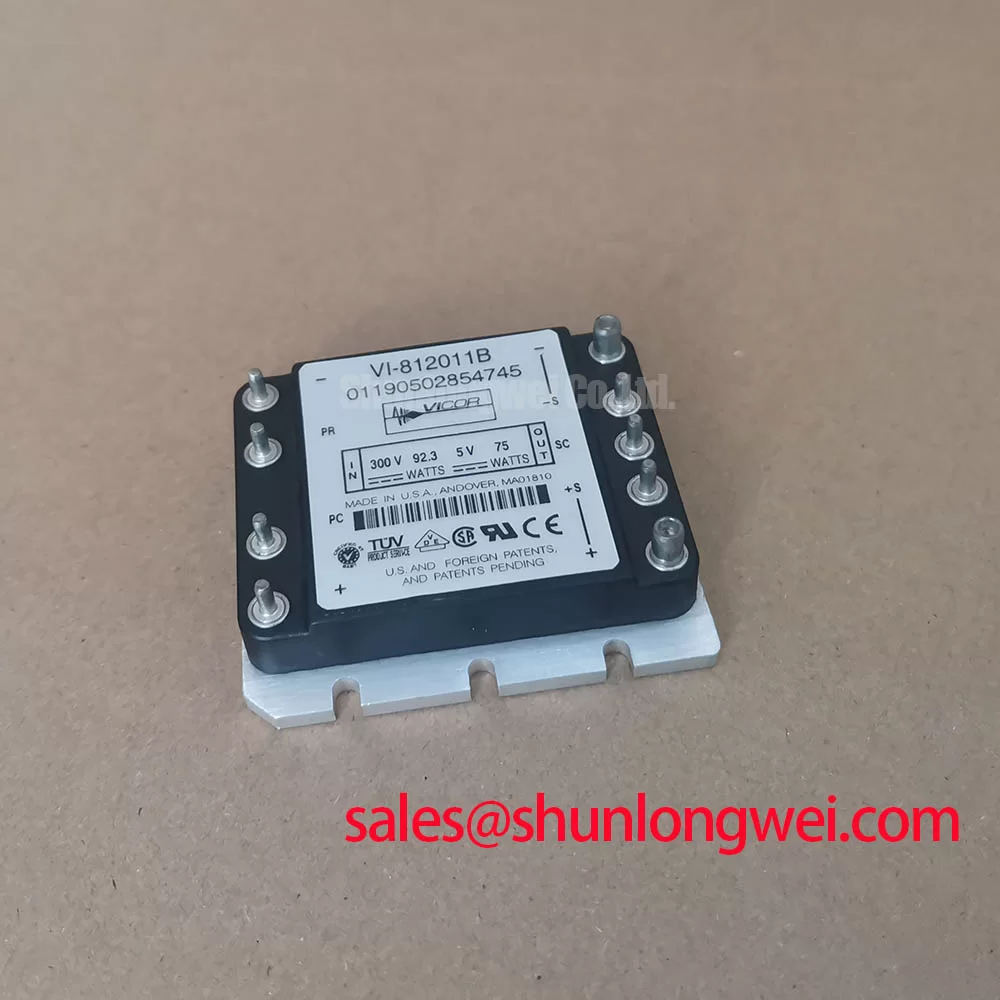Vicor VI-263-EU/F3: High-Density 150W DC-DC Converter
Engineered for simplified system integration, the Vicor VI-263-EU/F3 DC-DC converter module delivers a robust, space-saving power solution. With its high-density design and comprehensive built-in protections, it accelerates development cycles for demanding industrial applications. How does the VI-263-EU/F3 simplify safety design? It integrates over-voltage, over-temperature, and current limiting, reducing external components and streamlining compliance. This module is an efficient building block for creating reliable, scalable power systems with minimal design overhead.
Top Specs: 48V Nominal Input | 15V @ 10A Output | 150W Power
Key Benefits:
- Accelerates time-to-market
- Reduces external component count
Enabling Compact and Resilient System Architectures
The VI-263-EU/F3 is designed to facilitate the creation of robust power systems where board space and design simplicity are primary engineering considerations. Its utility extends across various sectors that rely on distributed power architectures and require dependable DC voltage conversion from a nominal 48V bus, which is common in telecommunications, industrial control, and automated systems.
- Industrial Automation: In complex machinery and process control systems, the module provides a stable, isolated 15V rail for powering sensors, actuators, and control logic boards. Its wide input range of 36V to 76V ensures operational stability even with voltage fluctuations from long cable runs or variable loads.
- Telecommunication Infrastructure: For distributed power systems in telecom racks and base stations, the VI-263-EU/F3's high power density allows designers to pack more functionality into smaller enclosures. The integrated protection features enhance the overall reliability of the system, a critical factor in communications equipment.
- Test and Measurement Equipment: The module's low-noise ZCS/ZVS power architecture is beneficial for sensitive measurement instruments, providing a clean power source that minimizes interference with precision analog circuits.
Best Fit Analysis: For space-constrained 48V systems needing a reliable 15V rail, the VI-263-EU/F3's power density of over 24 W/in³ makes it an optimal choice for accelerating design cycles without compromising on built-in safety features.
Strategic Power Design: Modularity in the Age of Miniaturization
The ongoing trend of electronic system miniaturization places significant pressure on power supply design. Engineers are tasked with delivering more power in less space while simultaneously improving efficiency and reliability. The Vicor VI-263-EU/F3 directly addresses this challenge by encapsulating a complex power conversion system into a single, compact component. This modular approach aligns with modern design philosophies that prioritize scalability and faster development. By leveraging a pre-certified, high-density module, engineering teams can bypass the intricate and time-consuming process of discrete DC-DC converter design. This strategic advantage allows resources to be focused on core application features, ultimately reducing the product's time-to-market. For systems requiring power levels beyond 150W, the module's inherent support for parallel operation provides a straightforward path to scalability. For more information on creating scalable power systems, a foundational understanding of integrated versus discrete power design can provide valuable context.
Data-Informed Selection: VI-263-EU/F3 Feature Analysis
Evaluating power modules requires a clear understanding of how datasheet specifications translate to real-world performance. The VI-263-EU/F3 offers a set of features that directly supports streamlined and robust system design. When considering alternatives, it is crucial to assess not just the primary power ratings but also the level of integration and ease of implementation.
For systems that require a different voltage or power level from a similar high-reliability platform, the VI-263-EU and V375A28C600A are part of a broad portfolio offering various configurations. The decision-making process should weigh the total cost of implementation, which includes the external components required for protection, filtering, and control that the VI-263-EU/F3 integrates by default.
Inside the VI-Brick: A Closer Look at Integrated Power
The core of the VI-263-EU/F3's value lies in its advanced power conversion topology and high level of integration within the VI-Brick package. It employs a high-frequency Zero-Current Switching (ZCS) and Zero-Voltage Switching (ZVS) topology. This design minimizes switching losses, which is the primary source of inefficiency and heat generation in traditional hard-switching converters. The result is a typical efficiency of 85%, allowing for high power density and reducing the need for extensive thermal management hardware.
Using the VI-263-EU/F3 is akin to using a pre-fabricated, fully-inspected structural component in construction. Instead of designing the power supply's foundation (input filtering), framework (conversion stage), and safety systems (protections) from scratch, an engineer integrates a single, verified unit. This approach dramatically simplifies the overall system blueprint and build time. What is the key benefit of its package? Its high-density VI-Brick form factor enables significant PCB space savings and simplifies thermal management.
VI-263-EU/F3 Core Performance Metrics at a Glance
For engineers performing a preliminary evaluation, the following parameters from the datasheet provide a snapshot of the module's capabilities. These metrics are fundamental to ensuring compatibility and performance within a target application.
Download the Datasheet for complete specifications.
| Parameter | Value |
|---|---|
| Output Power (Pout) | 150W |
| Input Voltage Range (Vin) | 36 – 76V DC |
| Output Voltage (Vout) | 15V |
| Output Current (Iout) | 10A |
| Typical Efficiency | 85% |
| Operating Temperature (Case) | -10°C to 85°C |
Frequently Asked Questions
1. How do you parallel multiple VI-263-EU/F3 modules for higher power output?
The VI-200 series modules are designed for easy paralleling. This is typically achieved by connecting the "-S" (Sense) and "-Out" pins together for each module and connecting the "+S" pins together through small ballast resistors to ensure proper current sharing. The PC (Parallel/Current Share) pin on each module should also be connected. It is essential to consult the official design guide for precise implementation details.
2. What do the "F3" suffix options signify for the VI-263-EU/F3?
The "/F3" suffix denotes a specific set of features and protection mechanisms. Based on the VI-200 family datasheet, this typically includes over-temperature shutdown (OTP), constant current limiting, over-voltage protection (OVP), and logic disable functionality. These integrated features are critical for building reliable systems without requiring numerous external safety circuits.
3. My input voltage from a battery bus fluctuates significantly. What is the actual usable input range for this module?
The VI-263-EU/F3 is specified for a nominal 48V input and has a continuous operating input range of 36V to 76V DC. This wide operational window makes it highly suitable for battery-powered or other applications where the input voltage is not tightly regulated, ensuring consistent output performance during voltage sags or swells. For more detailed guidance, decoding power component datasheets is a key skill.
Future-Proofing Designs with Modular Power
Adopting a modular power component like the Vicor VI-263-EU/F3 is a strategic decision that extends beyond a single project's requirements. It establishes a scalable power architecture that can be readily adapted for future product iterations or entirely new applications. By standardizing on a platform with a wide range of input and output configurations, engineering teams can significantly reduce the learning curve and redesign efforts for subsequent projects. This approach not only accelerates development but also simplifies supply chain management and inventory, providing a competitive advantage in a fast-evolving market. The use of such proven, high-density modules allows designers to focus on innovation at the system level, confident in the reliability and performance of the underlying power conversion. For a broader view on power architecture, understanding concepts like Distributed Power Architecture is beneficial.






